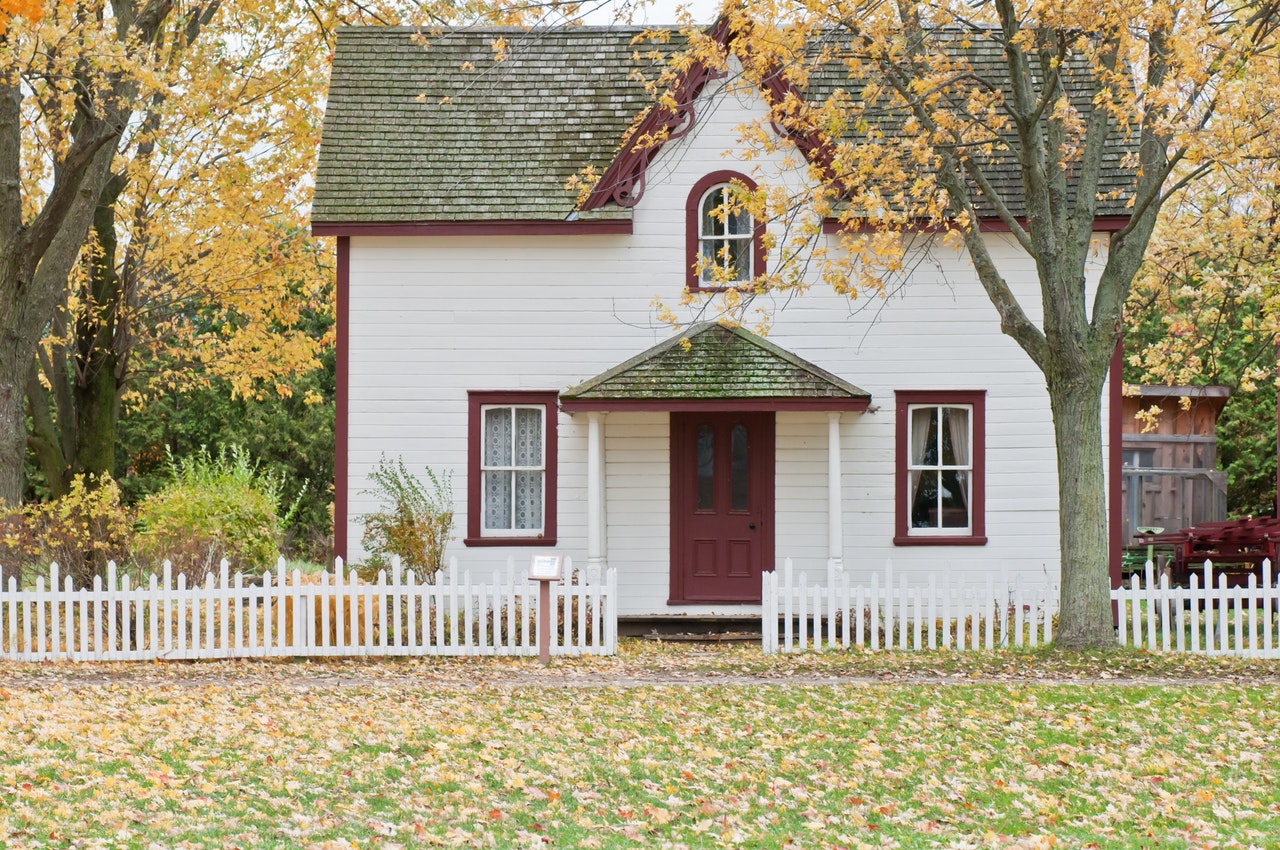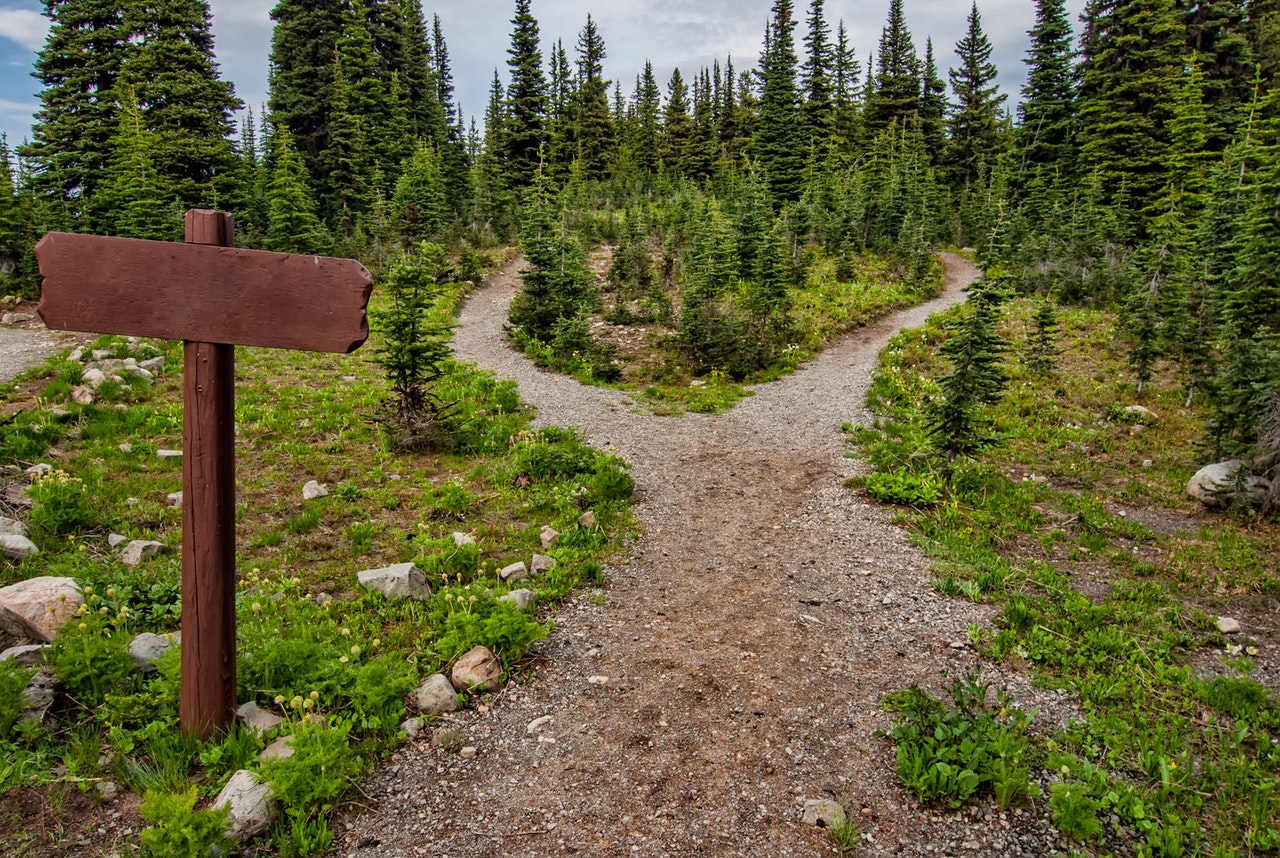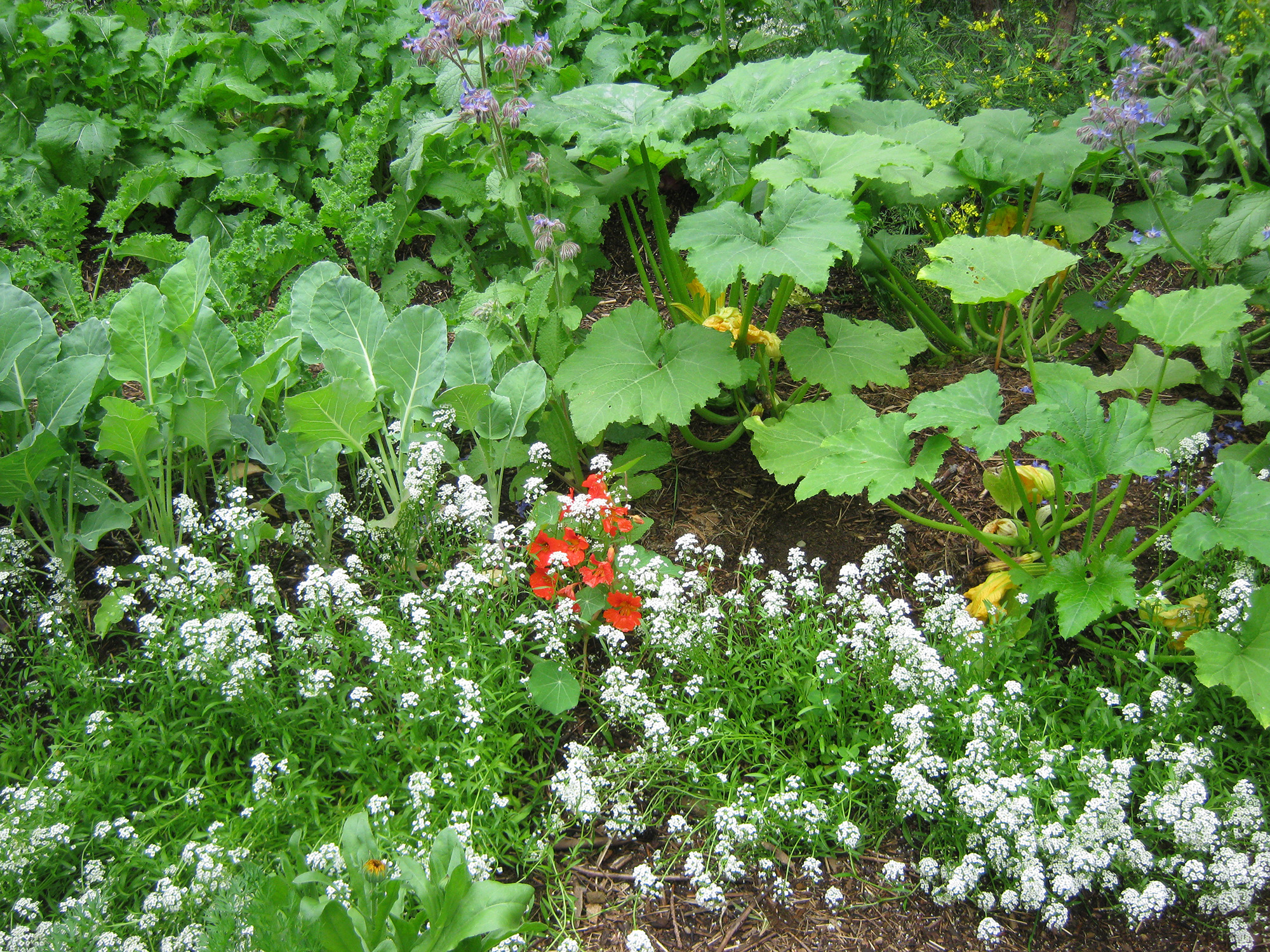 Permaculture design advocates doing an analysis of each element of a design to understand its inputs and outputs – aka, its needs and its offerings; aka, energy in vs. energy out.
Permaculture design advocates doing an analysis of each element of a design to understand its inputs and outputs – aka, its needs and its offerings; aka, energy in vs. energy out.
This will enable you to place each element in the right place within the design, connecting elements in a permaculture design. These are the first pieces of the puzzle.
Each element should perform multiple functions, connect to multiple other elements, and/or consume energy (or waste) from other elements, or output energy (or waste) that another element can use. Sound confusing? You’ll get the hang of it.
While it may not always be immediately obvious where each element fits into the master plan, a little knowledge, intuition, observation, and imagination will help you learn how to analyze each element to discover its attributes.
The chicken is generally used to illustrate this process: how its many needs are fed by the system, and it’s many outputs are used by the system. And this is a good example to start with. But what about the less obvious system elements? Let’s look at a couple.

A house is a house is a house…or is it?
The main dwelling – your home – plays an important role in the system. It needs consistent maintenance and energy inputs, but it also provides many services.
Cleaning, repainting, re-roofing, replacing, and powering all take money and energy. Making your home as efficient as possible will help you lessen the energy inputs necessary to maintain it. There will always be a need for some maintenance, but if you plan accordingly, the needs can be provided by the property.
Passive solar homes collect much of their own heating. And they can cool themselves using geothermal. You can grow trees to provide wood to replace wooden pieces such as decking. The roof of a house is a great place to put solar panels and solar hot water systems.
A house can provide other energy (outputs) that can be used by the system. Rainwater from the roof can be collected and used for the house or gardens. A house creates shade, but can also provide a hot south facing wall for growing heat loving plants.
A well positioned house can be an asset to the property; but a poorly placed house can be a real drag on the system. A house on the top of a hill will be buffeted by winds, and therefore much harder to heat. It will also be impossible to take advantage of gravity fed water way up there.
But placing the house in a more sheltered spot, lower down on the property, will make it easier to heat it, and use gravity fed water harvested higher up.
A house can be made from resources on the property or nearby. And it can have a green roof, to provide food, as well as cooling.
A well-planned house can have a greenhouse built on the sun side, to grow food, as well as heat the house in winter.
Your house is also your fortress. It provides you with shelter and safety, and stores your important possessions. It can be your office and home base for your business, if you have one. It can be your seed bank, your food storage, and your place of peace and quiet.
I’m sure you can come up with many other things that a house can offer or take from your system. As our knowledge increases, and we observe the system elements over time, we can come up with heaps of other idea.

Follow the yellow brick road
Let’s look at another element of the system: a path.
One of the coolest benefits of paths is the edge effect. The edge where two different ecological systems meet is usually the most productive. Garden paths, forest paths, paths through animal grazing systems, can all help boost production by increasing diversity.
A simple path between two destinations can provide runoff to be directed where you want it. In animal systems, paths can be a nutrient flow.
Placing paths so that they make sense is important. As you walk your property, and move from one area to another, take note of the way you are most likely to move.
“The path of least resistance” is generally the path we’ll take. But it’s important that these paths are either on contour, or along ridge lines, to be the most efficient, and need the least maintenance.
A poorly placed or built path can cause problems, and take a lot of maintenance. So it’s important to learn how to build your paths so that they are outputting more energy than they consume.
Build a path so that it accomplishes what you need. Some paths only need to be wide enough for one person to walk along, but others need to be wide enough for a wheelbarrow, or even a vehicle. A forest path wide enough for two is always nice. Plan your paths well, and they will serve you well.

Putting the puzzle together
It might seem overwhelming, trying to figure out all the inputs and outputs and energy flows and connections, but with practice you’ll get it. Make it fun, like a puzzle. Get other people involved.
Open your mind, and think of all the crazy things each element can contribute to the system. Nothing is too silly. Get out your pencil and paper, and start listing all the inputs and outputs of each element. Make diagrams to show connections to other elements. Whatever works to get your creative juices flowing.
And remember, you will continually find new assets and energy flows as your system matures and your observational skills increase. So keep adding to those lists, and finding new ways to utilize the energy flows in your systems.
Creating a design that is resilient, functional, and puts out more energy than it consumes is our ultimate goal. But nothing is perfect. And it’s going to take time to learn all the little details that really make a system tick.
As you become more familiar with each aspect of your permaculture design, you’ll begin to see more and more what its contributions are to the design as a whole, and what it takes to maintain them. It will all come together into one beautiful puzzle picture.
If you have any questions or comments about this article, please feel free to leave them in the comments below. I’ll answer you as quick as a bunny.
Health, Hope & Happiness
Tracy
